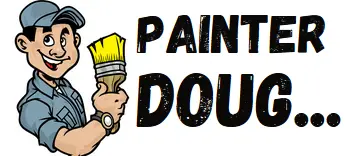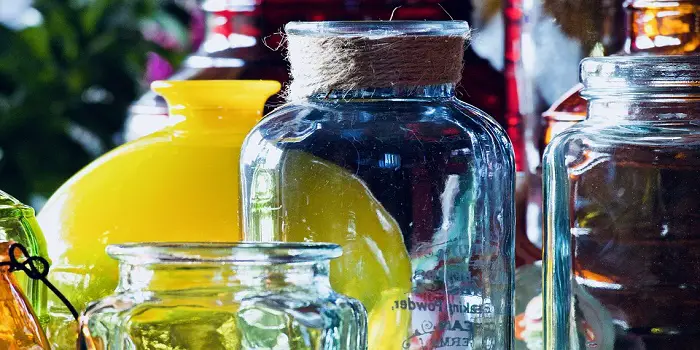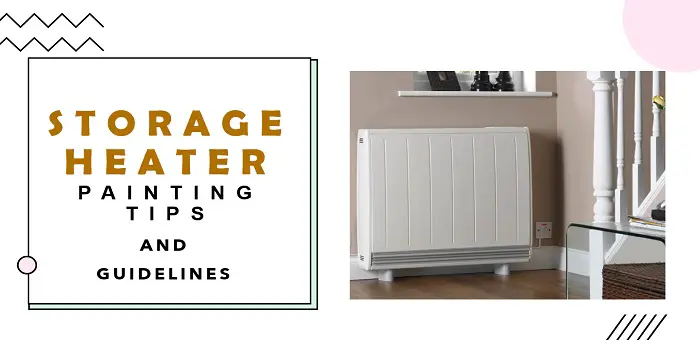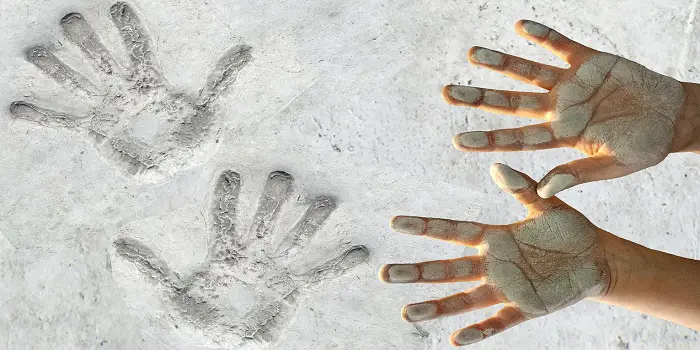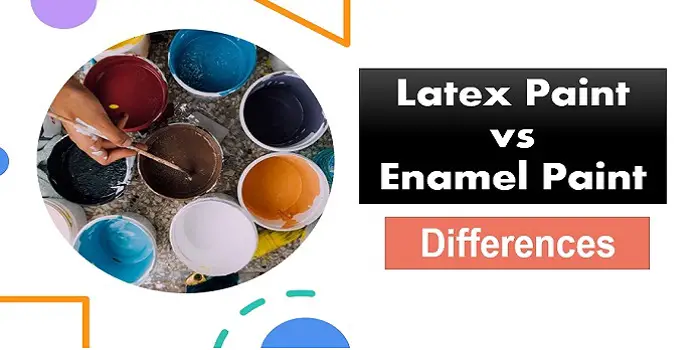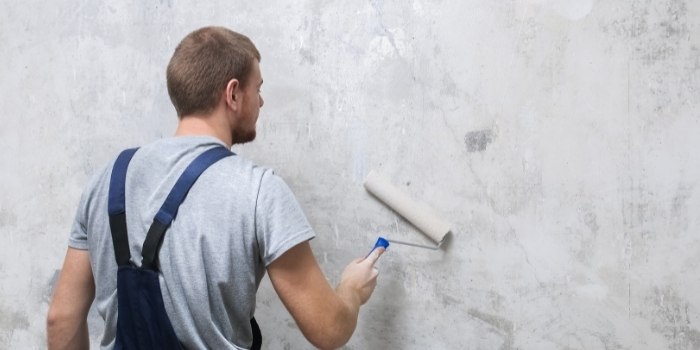
Priming is perhaps the most important step to achieving an attractive, high-quality paint job, but it is commonly overlooked.
Primers aid in sealing porous surfaces, preventing stains from seeping through, and facilitating better paint adhesion for enhanced durability and coverage. They are available in diverse formulations tailored to the specific surface being primed and the type of paint to be applied subsequently.
Regardless of the project ahead of you, you are probably wondering if either drywall primer or PVA primer is best for what you are painting. To make this decision, you must first understand the difference between them.
What's Here in the Article:
What is PVA Primer?
PVA stands for polyvinyl acetate. It’s a rubbery substance that will seal over any small holes in whatever surface it is applied to.
The product creates a solid surface so that the finish paint will stick better. This can also help you limit the number of coats of finish paint you need to apply to the surface.
PVA primer sticks much better to any porous area more so than finish paint, so that it can better adhere to what would usually just absorb the paint.
What is PVA Primer Used For?
PVA primer is the best substance to coat a porous surface before painting. This is especially true of unfinished materials such as masonry, plaster, sheetrock, wood, and beyond. Still, it isn’t a stain, so it won’t cover any imperfections on the surface.
– Pros of PVA Primer –
- Seals up any unfinished surface easily
- It can be used on a number of materials
- Limits the number of coats of paint needed
- Makes paint adhere more easily
– Cons of PVA Primer –
- Won’t block any discoloration or stain on the surface
- Won’t seal pores that are too large, such as those in raw wood
What is Drywall Primer?
Drywall primer does the same thing that any primer does and better coats a surface you intend to paint, limiting the number of additional coats you’ll need to apply to get a streamlined look.
It is specifically meant to be used on drywall, hence its name, which is a super porous material that has plenty of small holes.
It features a unique polymer that will fill in and seal those holes to get the drywall ready for paint. Without using it, the porous drywall would just keep absorbing the paint.
What is Drywall Primer Used For?
The biggest reason for using drywall primer is to seal any holes in the drywall much more quickly than paint does, saving time and effort by limiting how many coats you need to apply.
– Pros of Drywall Primer –
- Seals up the many pores in fresh drywall
- Limits the number of coats needed when painting
- It can be used on several other materials
– Cons of Drywall Primer-
- Does not cover up any stains
- Isn’t a great choice for use on raw wood
The Difference Between Drywall and PVA Primer
You may have noticed that these two materials seem strangely similar, especially when looking at their pros and cons.
At the end of the day, these two materials are the same thing. Drywall primers are just PVA primers that are geared and marketed specifically for use with drywall, although it is fine to use them on most of the same materials as any standard PVA primer.
You can even utilize PVA drywall primer on painted walls which can be a practical option under certain circumstances. Recognized for its superior adhesion and sealing properties, PVA primer can effectively enhance the performance of new paint on pre-painted surfaces. However, several considerations should be taken into account before proceeding with this approach.
Firstly, evaluate the condition of the existing paint. If it is intact and well-bonded to the wall, applying PVA primer is generally acceptable. Conversely, if the paint is deteriorating, peeling, or in poor condition, it’s advisable to remove it before applying PVA primer.
PVA primer may not adhere adequately to glossy or oil-based paints. In such instances, lightly sanding the surface or using a deglosser can improve adhesion. Moreover, using PVA primer on exterior surfaces is not advisable because it lacks sufficient protection against weathering and water damage. For outdoor applications, it is recommended to use a primer specifically formulated for exterior purposes that offers better protection and durability against environmental factors.
Before applying PVA primer, ensure the painted walls are thoroughly cleaned to eliminate any dirt or grease. Apply the primer evenly using a roller or brush, allowing it to dry completely before applying the new paint.
Share the post "PVA vs. Drywall Primer: What’s the Difference?"

Douglas Becker (aka Painter Doug) has over twenty years of experience as a painter in Adkins, Texas. At present, he resides in Florida with his family.
From painting multi-storeyed houses, condos, and apartments to large commercial buildings and small offices, he had served various customers in areas not only in Adkins but also in Southwest Florida, Sarasota, Naples, and many more. To know more about him check here.
